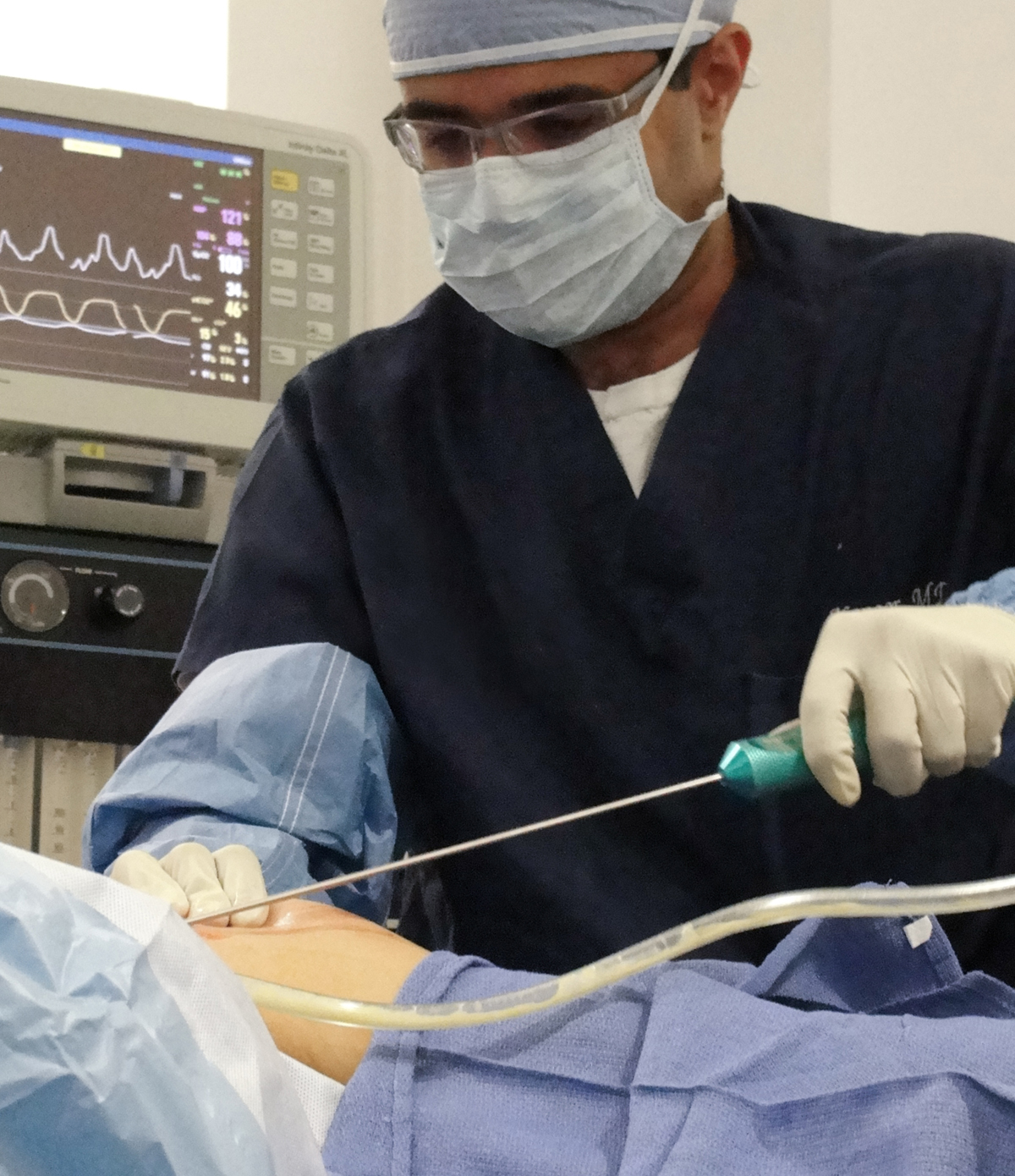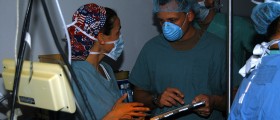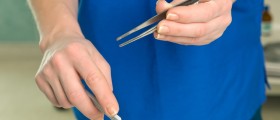
Gynecomastia is enlarged breasts in men. It usually affects infants, teenagers and elderly men, and the main cause for this condition is hormonal changes. Gynecomastia is not a serious medical disorder but it can be very stressful and it can cause some psychological problems in men.
The symptoms of gynecomastia are enlarged breast tissue and tenderness of pain in the breasts or nipples. The cause for gynecomastia is disturbed levels of hormones. Increased level of estrogen or decreased level of testosterone can lead to enlargement of the male breasts. Reasons for such hormone changes may involve side effects of certain medications such as steroids, cancer or AIDS medications, or antibiotics, excessive alcohol consumption and drug abuse such as marijuana or heroin. In some cases gynecomastia can be a consequence of some other medical condition such as cancer the thyroid gland disorder or kidney or liver failure. However in almost one quarter of cases the real reason for gynecomastia remains unknown.
As far as infants are concerned, a large number of baby boys have enlarged breasts. This is usually a consequence of estrogen which their mothers have been producing during pregnancy. In majority of cases the breasts decrease on their own in a couple of weeks. In teenagers the hormone changes are natural process and gynecomastia can be just a temporary condition during puberty. Elderly men are the most affected by gynecomastia.Gynecomastia can be treated with medications or the patient may have a surgery. The surgery is performed by a plastic surgeon. The surgical procedures for gynecomastia include liposuction and mastectomy. Liposuction is removing fatty tissue from the breasts and mastectomy is removing the breast glands. Mastectomy is performed with endoscope which requires tiny cuts and the patient needs less time to recover. In case of liposuction, the cuts are larger because there is more tissue to be removed. The surgeon will use a tube which is connected with a vacuum pump to take out the fatty tissue. The surgery usually takes 90 minutes or in some more complicated cases even more. Anesthesia can be local or general. The patient will stay in the hospital one day and he will have to wear a bandage over the chest for some time. Stitches will be taken out about ten days after the surgery. Your doctor will prescribe some painkillers to reduce the pain which can appear after the surgery.
Every surgery carries certain risks. Risks after having liposuction for gynecomastia may involve scarring, bleeding, swelling, infection, asymmetrical breasts, pain, loose skin and various reactions to anesthesia.















Your thoughts on this
Loading...